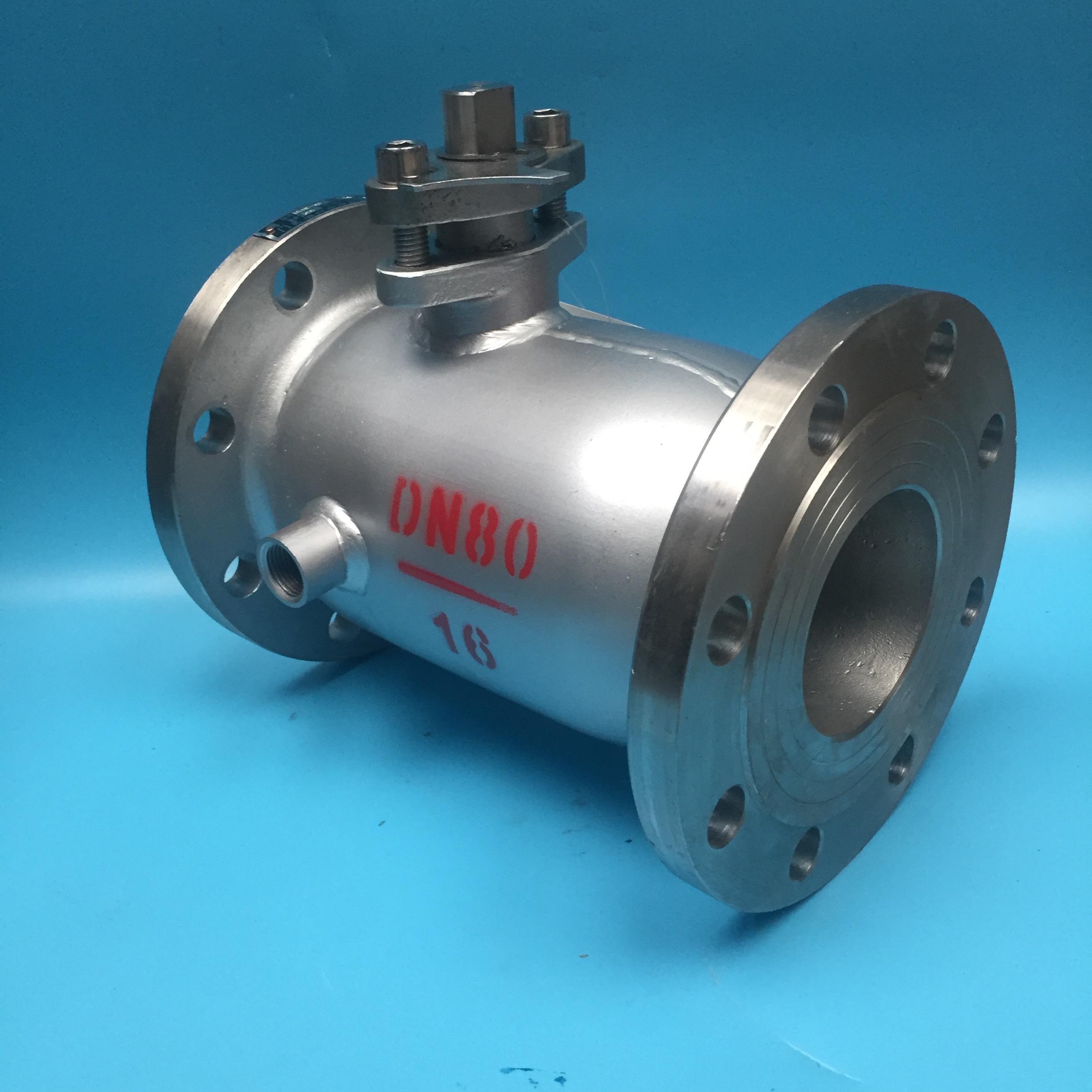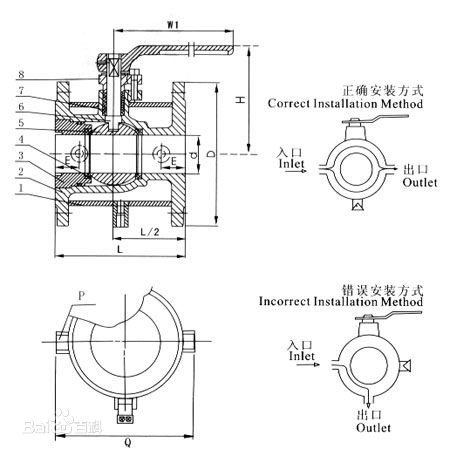Thermal insulation valve
Insulation valves take good insulation measures for a large number of valves in industrial production, which can not only achieve good energy-saving effect, but also improve the safety and reliability of valves and prolong the service life of valves.

The insulation valve has good insulation and cooling characteristics, and the diameter of the valve is the same as the diameter of the pipe. At the same time, it can effectively reduce the loss of medium heat in the pipeline. It has good heat preservation and cooling characteristics, and can effectively reduce the heat loss of medium in the pipeline. Thermal insulation valves are widely used in petroleum, chemical, metallurgical, pharmaceutical and other systems, which can effectively reduce the loss of medium heat in pipelines and prevent the appearance of medium crystallization and solidification. The function of heat preservation valve is keep heat when meidum pass through the valve at high or low temperature. The material in the heat preservation valve produces heat preservation effect on the medium, so that the medium will not condense or stick to the inside of the valve body, so that the opening and closing of the valve can operate normally.
SGV Insulation valve product series: insulation gate valve, insulation globe valve, insulation discharge valve, insulation ball valve, insulation plug valve, insulation butterfly valve, etc.
Insulation ball valve
Insulation ball valve and flange gate valve belong to the same type of valve. The difference is that its closing part is a sphere. The sphere rotates around the center line of the valve body to open and close it. Ball valves are mainly used in piping to cut off, distribute and change the flow direction of media. Two-piece ball valve and three-piece ball valve are widely used in recent years as a new type of valve, which is generally installed horizontally.

Advantages of Thermal Insulation Ball Valve
- 1. Fluid resistance is small and its coefficient of resistance is equal to that of the same length of pipe.
- 2. It has simple structure, small volume and light weight.
- 3. Tight and reliable. At present, the sealing surface material of ball valves is widely used in plastics and has good sealing performance. It has also been widely used in vacuum systems.
- 4. Easy to operate, quick to open and close, from full to full switching as long as the rotation of 90 degrees, easy to control over long distances.
- 5. Easy maintenance, simple structure of the ball valve, sealing rings are generally movable, disassembly and replacement are more convenient.
- 6. When fully open or fully closed, the sealing surface of the sphere and seat is isolated from the medium. When the medium passes through, it will not cause the erosion of the sealing surface of the valve.
- 7. It can be used in a wide range of applications, ranging from small to several millimeters in diameter and from high vacuum to high pressure. When the sphere rotates 90 degrees, it should present all spherical surfaces at the inlet and outlet to cut off the flow.
- Thermal insulation ball valve is a new type of ball valve. It has some unique advantages of its own structure, such as no friction on the switch, no abrasion on the seal, and small opening and closing moment. This reduces the size of the actuator. With multi-rotating electric actuator, the medium can be regulated and severely interrupted. Widely applicable to the strict cut-off requirements of petroleum , chemical , urban water supply and drainage, etc.
Working Principle of Insulation ball valve
Opening process
- 1. In the closed position, the ball is pressed on the seat by the mechanical pressure of the stem.
- 2. When the handwheel is rotated counter-clockwise, the stem moves in reverse, and the bottom corner plane of the stem causes the ball to detach from the seat.
- 3. The valve stem continues to lift and interact with the guide pin in the spiral groove of the valve stem to start the ball to rotate without friction.
- 4. Up to the full open position, the stem is raised to the limit position and the sphere rotates to the full open position.
Closing process
- 1.When closed, turn the handwheel clockwise, the stem begins to drop and the ball starts to rotate away from the seat.
- 2. Continue to rotate the handwheel. The stem is acted by the guide pin embedded in the upper spiral groove, which makes the stem and sphere rotate 90 degrees at the same time.
- 3. Near closure, the sphere has rotated 90 degrees without contact with the seat.
- 4. In the last few turns of the handwheel rotation, the angular plane at the bottom of the stem mechanically wedges the sphere so that it is pressed tightly on the seat to achieve complete sealing.
Feature of Insulation ball valve
- 1. Opening and closing without friction. This function completely solves the problem that traditional valves affect seals due to friction between sealing surfaces.
- 2. Uploading structure. Valves installed in pipelines can be directly inspected and maintained online, which can effectively reduce the device parking and cost.
- 3. Single seat design. It eliminates the problem that the medium in the valve chamber will affect the safety of operation due to abnormal boosting.
- 4. Low Torque Design. The valve stem with special structure design can be opened and closed easily with a small handle.
- 5. Wedge sealing structure. The valve is sealed by the mechanical force provided by the stem, which presses the ball wedge onto the valve seat, so that the sealing of the valve is not affected by the variation of pipeline pressure difference, and the sealing performance can be guaranteed reliably under various working conditions.
- 6. Self-cleaning structure of sealing surface. When the sphere tilts away from the valve seat, the fluid in the pipeline passes uniformly along the sealing surface of the sphere to 360 degrees, which not only eliminates the local scour of the high-speed fluid on the valve seat, but also washes away the accumulation on the sealing surface, so as to achieve the purpose of self-cleaning.